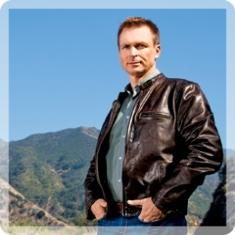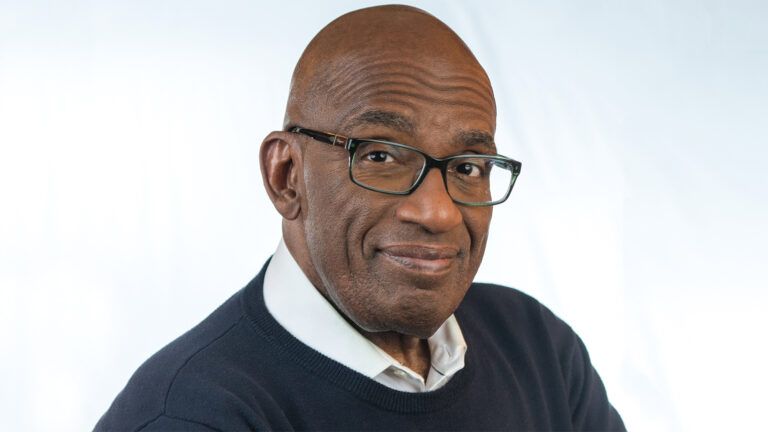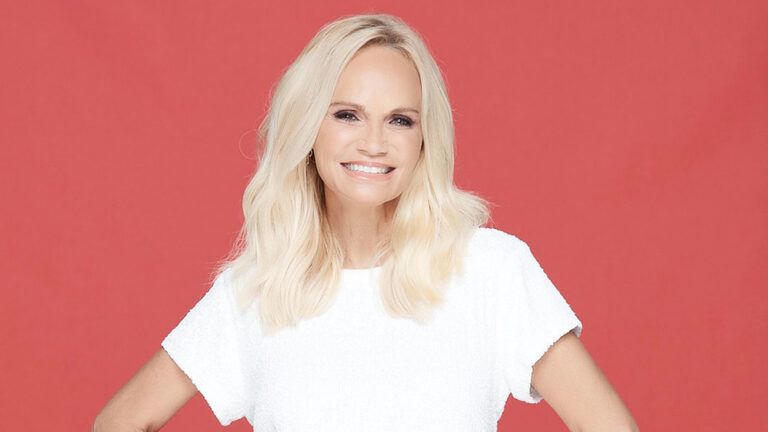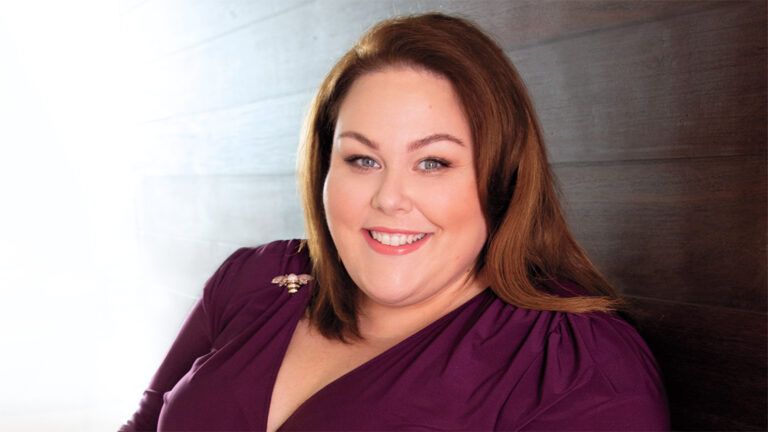“Congratulations, you’re the first team to arrive.”
I’ve said that a few hundred times over the last 14 seasons of The Amazing Race, but it never gets old, especially when a team has that wonderful look of anticipation—not knowing if they beat the others yet or not.
The Amazing Race is all about people being pushed outside their comfort zone and completing every imaginable challenge.
It’s about ordinary people taking part in an extraordinary situation, being a fish out of water and taking part in a life-changing experience.
I call my personal philosophy NOW (No Opportunity Wasted). NOW means taking risks and living each day as if it were your best. Sometimes that requires doing things that are uncomfortable, but in the end, it’s what really makes you feel inspired about life.
Look for solutions, not excuses.
I learned about living life to the fullest from my parents. Life always felt like an adventure growing up.
When I was six we moved to Antigua, a small island in the Caribbean, only 108 square miles. My father, a plant scientist, was employed to set up a legume project, testing plants they could adapt to the harsh growing conditions and helping local farmers establish sustainable plants.
My mother was a schoolteacher and also gave piano lessons at home. At one point she had more than 100 students! Resources on the island were limited so my parents had to be resourceful and imaginative.
I remember my mother was asked to teach a typing class on the far side of the island. There were no typewriters at that particular school so my mom simply borrowed the machines from her school, transported them over to the other school, taught her class and then lugged them back again. She did this for an entire year so that typing could be taught to as many students as possible. Mom was a doer.
Ditto Dad. When we arrived on the island he was given the use of an old building inside the gates of an abandoned sugarcane factory.
After establishing some electricity and running water, he set about finding a propagation area for his plants. The place was pretty rundown. There were piles of old steel, tin roofing and a number of flatbed railway carriages that sat on a network of train tracks.
Dad quickly realized that these carriages were at a perfect working height to set up seedlings. They could be pushed to a watering area or shaded areas and, best of all, would cost him nothing.
As the famous New Zealand nuclear physicist, Sir Ernest Rutherford, once said, “We didn’t have money, so we had to think.” The most resourceful people I’ve met around the world are usually the ones who have the least.
I just finished one of the biggest challenges of my life—riding my bicycle across the U.S. to help raise money for MS research.
Because we are in tough economic times I had to be resourceful at every turn, and believe me there were many, many turns on this 3,500-mile ride!
There’s no doubt that the lessons my parents taught me have helped me out in life.
Live life to the fullest.
At 19, I had an experience that changed my life forever—I almost died while working as a scuba diver on a New Zealand adventure show.
I found myself deep in the bowels of a sunken ship. I had entered the ship with a dive buddy and followed him through the twisted, murky corridors.
The ship was on its starboard side in about 120 feet of water. By the time we arrived in the ship’s ballroom, where we were meant to film, we discovered the rest of the crew had somehow taken a different turn. My buddy signaled for me to stay put and then took off. So there I was in the dark, sucking air like crazy, completely disoriented, not knowing exactly why I’d been left alone and panicking because I had no idea how to escape.
I thought about all the things I wished I had done in my life. It made me sad and angry to think I might not ever get to do them. My life was slipping away…
The next thing I remember was sitting in the sunlight on the deck of the boat. My dive buddy had returned to get me. I was alive and I decided right there and then that I would live life to the fullest. It was the first time I really stopped to think what dying could mean.
I grabbed a pen and paper and wrote down all the things I had to do in life: hand-feed sharks, travel the world, climb Mount Everest, go into space.
But there was one thing to do first. I suited up and dove back down to finish the dive I started and stare down my fears. I had the time of my life, and ticked it off my list—a list that would ultimately change my life forever.
That near-drowning was my wake-up call. Since then I have gone on to do things I had never dreamed of. I have been living in the NOW ever since.
Practice being scared.
I decided that the more I faced my fears the easier it would be to handle life’s challenges.
A good friend of mine is one of the co-creators of commercial bungee jumping and invited me to try it. My dad was not amused. Why on earth would I want to jump off a bridge just to scare myself?
I explained that it’s all about taking a mental leap. With the right operators, bungee jumping is a perfectly safe thing to do.
I believed that by forcing myself to do something that scared me, I would be more prepared to face my fear when it was something that really counted, like interviewing for a job, moving to a different city or starting a new relationship.
Eventually Dad came around. I haven’t convinced him to jump off a bridge with me, but we have taken some leaps of faith together.
On my cross-country bike adventure, Dad drove behind me the whole way in a large van, towing an Airstream trailer. He had my back covered for 41 days.
Share the dream.
Stepping out of your comfort zone doesn’t have to mean doing something physically challenging like leaping off a bridge or riding your bike across the country.
Moving to a new city or country can be just as challenging and sometimes more scary.
My wife, Louise, and I left great jobs in New Zealand 17 years ago and arrived in New York City with very little money and no job prospects on the horizon.
We moved here with nothing but a simple dream—to make a show for U.S. television.
One thing my parents always taught me is that the human spirit is the same wherever you go.
Louise and I were introduced to a man who was working hard to protect the endangered Florida panther. He was struggling to get attention for his cause.
We assembled a small crew, who agreed to volunteer their time to help raise awareness, and we were able to make a pilot, which got the attention of a well-respected distributor.
Our wonderful little show never got made, but we connected with some great people with whom I work to this day—including on The Amazing Race.
None of this would have happened if Louise and I had kept our dream to ourselves.
Change your list.
In my early thirties I created a more “mature” list of things I wanted to do…but climbing the highest peak in the world, Mount Everest, was still definitely at the top.
Then my daughter, Elle, was born. Not long after Louise and I brought her home from the hospital, I found myself looking at my list.
Suddenly, climbing Mount Everest didn’t matter as much for me. Was I making excuses? Turning soft? Was I not following my own advice about going hard after a dream and not letting anything stand in the way?
One night, watching Elle sleep, I stared at her tiny clenched fists and innocent face. And at that moment I realized it wasn’t fear that made me not want to climb Everest.
My life was not just about me anymore. I had other “mountains” to climb, like fatherhood. Everest could wait.
In the meantime, I try to live my life NOW, no opportunity wasted. Making the most of what we’ve been given, that’s what makes life an amazing journey. As I say on the show, “The world is waiting for you.”




